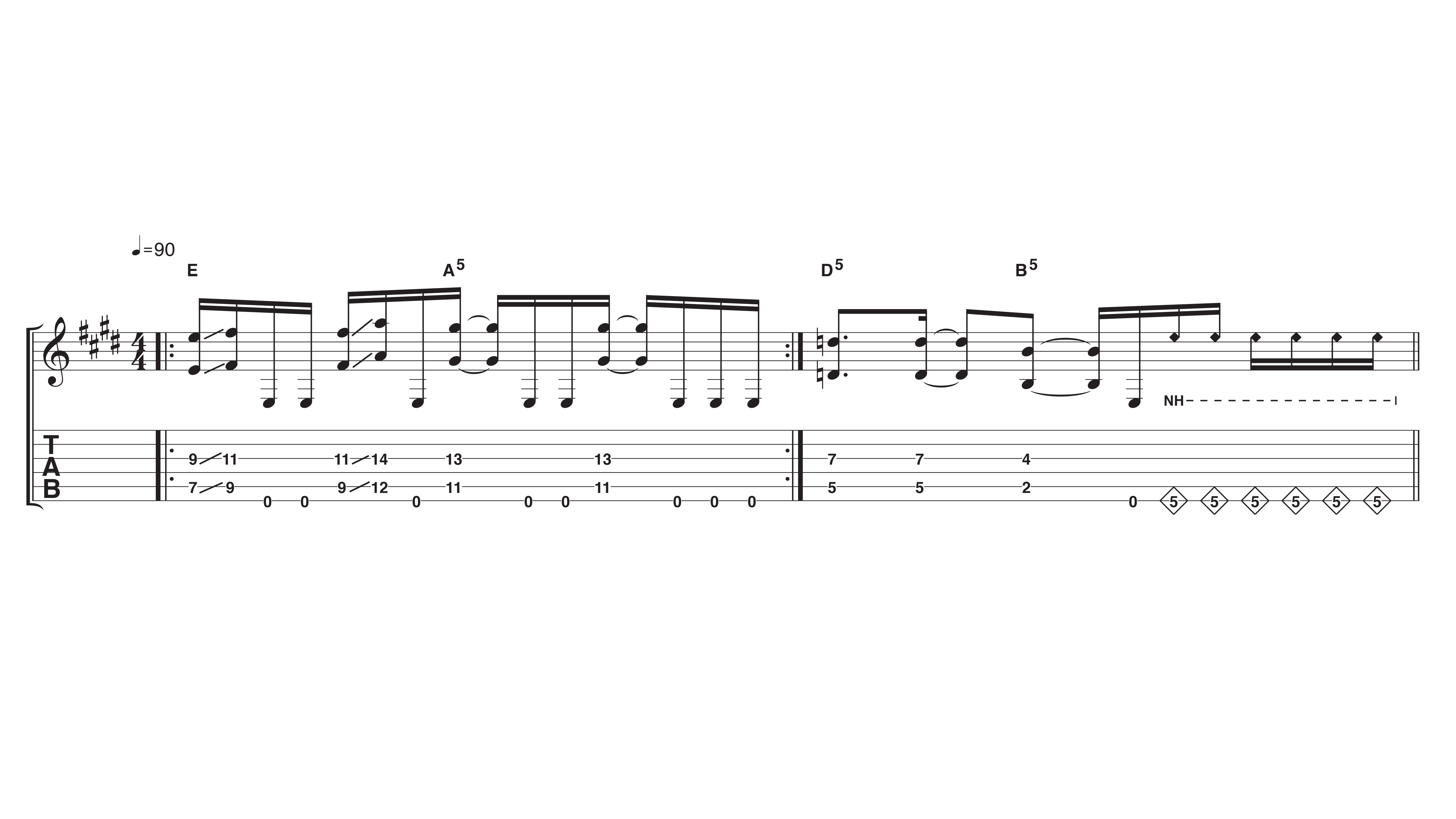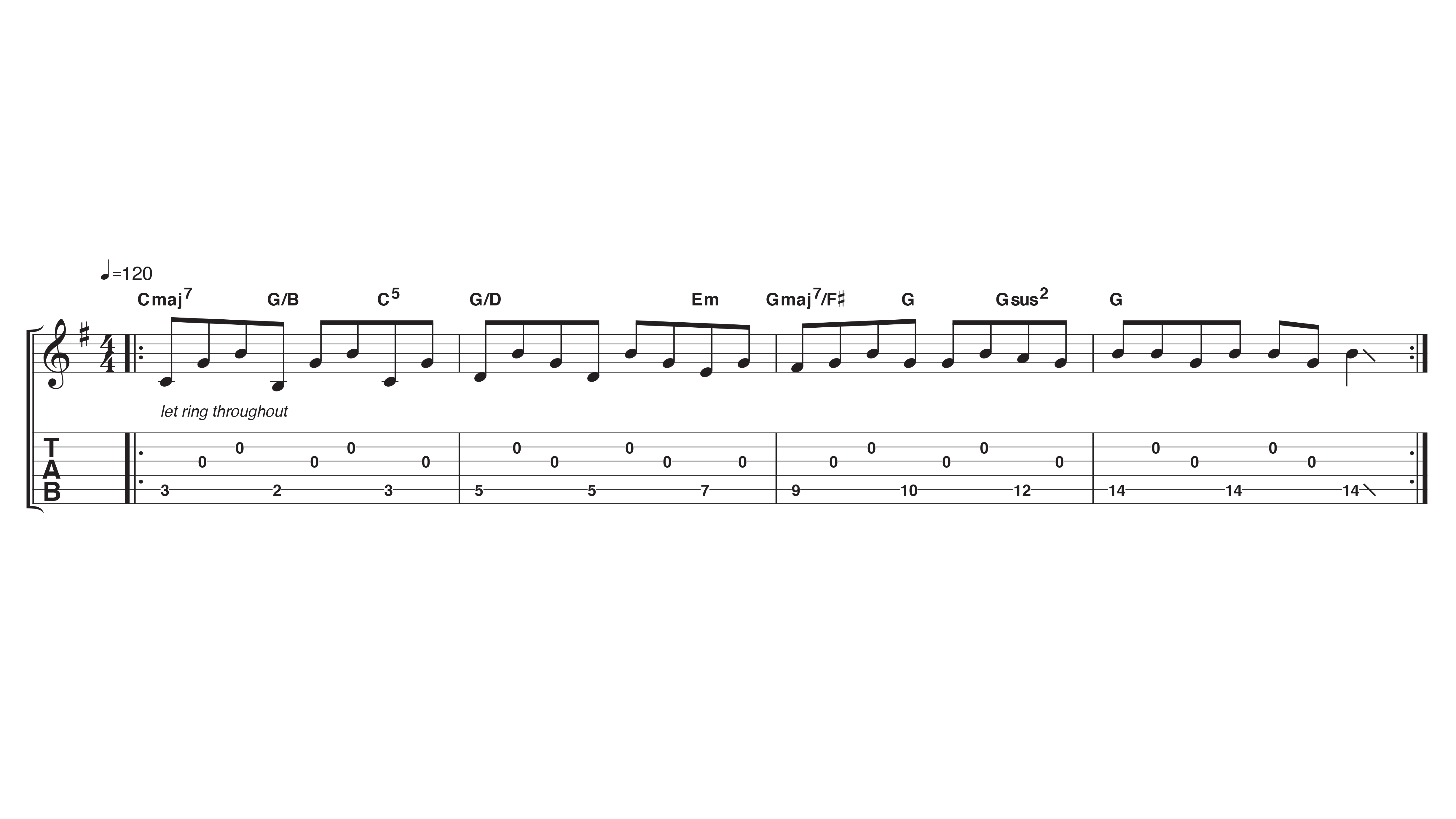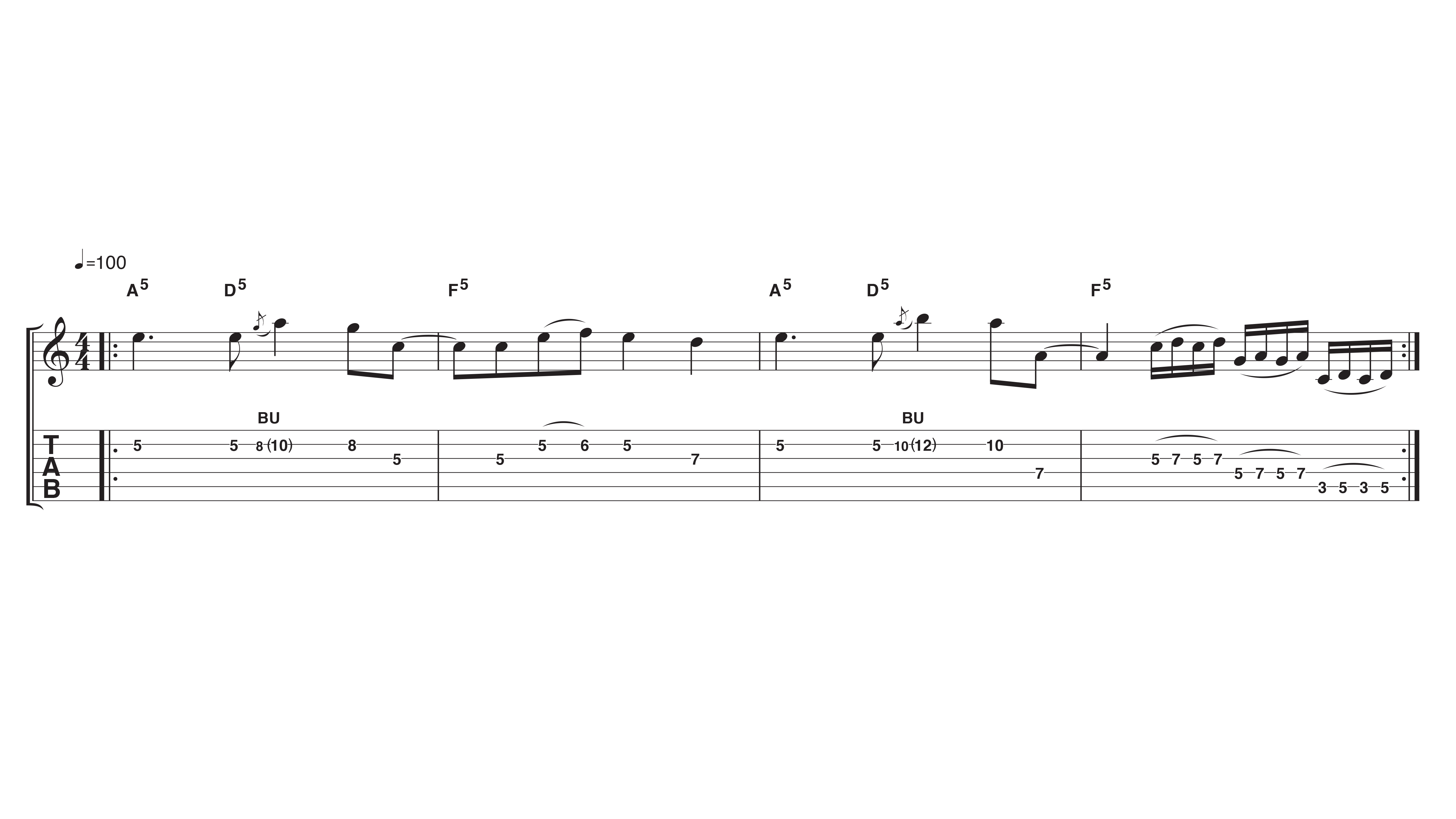Learn the guitar style of classic Smashing Pumpkins with these 3 exercises
Billy Corgan and James Iha's cherub rocking octave riffs, arpeggios and lead lines

As guitar duo for one of the most influential '90s alt-rock bands, Billy Corgan and James Iha create intricate layered parts with grungy powerchords, ambient dream pop arpeggios and heavy, fuzz-distortion infused riffs. Corgan’s catchy vocal melodies and major scale based riffs in songs like Tonight, Tonight gave the band broad appeal, which earned them huge success.
And, though their scale choice is often simple (sticking to major and natural minor scales), Billy’s biting vocal delivery and songwriting chops infuse the band’s material with attitude. Billy tends to use bends, legato and slower melodic lines in his lead work.
We’re looking at some typical techniques used by Corgan and Iha. Play through our riffs to get some trademark Pumpkins sounds in your own playing.
1. Octaves
Click on top right of tab for full screen view
Billy uses octaves for their fat sound – perfect for melodic riffs like Cherub Rock. Here, the G# octave in bar 1 is pure Pumpkins, outlining an E chord (E G# B) thanks to the open E note chopping away below. There’s a little Corgan-esque dissonance too – a semitone clash between the G# and an A note played by the bass.
2. Arpeggios
Click on top right of tab for full screen view
This clean, ringing arpeggio is typical of some of the band’s more ambient moments in songs such as Tonight, Tonight and Mayonaise. Learn the notes along the fifth string first, then try adding in the open-string droning notes. It’s a tricky line so practise slowly at first.
Want all the hottest music and gear news, reviews, deals, features and more, direct to your inbox? Sign up here.
3. Pentantonic lead lines
Click on top right of tab for full screen view
This Corgan style lead line is based mainly in the A minor pentatonic scale (A C D E G). Adding an F note (a b6th interval) adds that extra hint of melancholy. Take extra care with the tuning of the bends and ensure the note goes up exactly a whole tone each time.
3 rhythm guitar skills all players should learn: pentatonic riffing, folky chord strumming and rock groove
Total Guitar is Europe's best-selling guitar magazine.
Every month we feature interviews with the biggest names and hottest new acts in guitar land, plus Guest Lessons from the stars.
Finally, our Rocked & Rated section is the place to go for reviews, round-ups and help setting up your guitars and gear.
Subscribe: http://bit.ly/totalguitar



